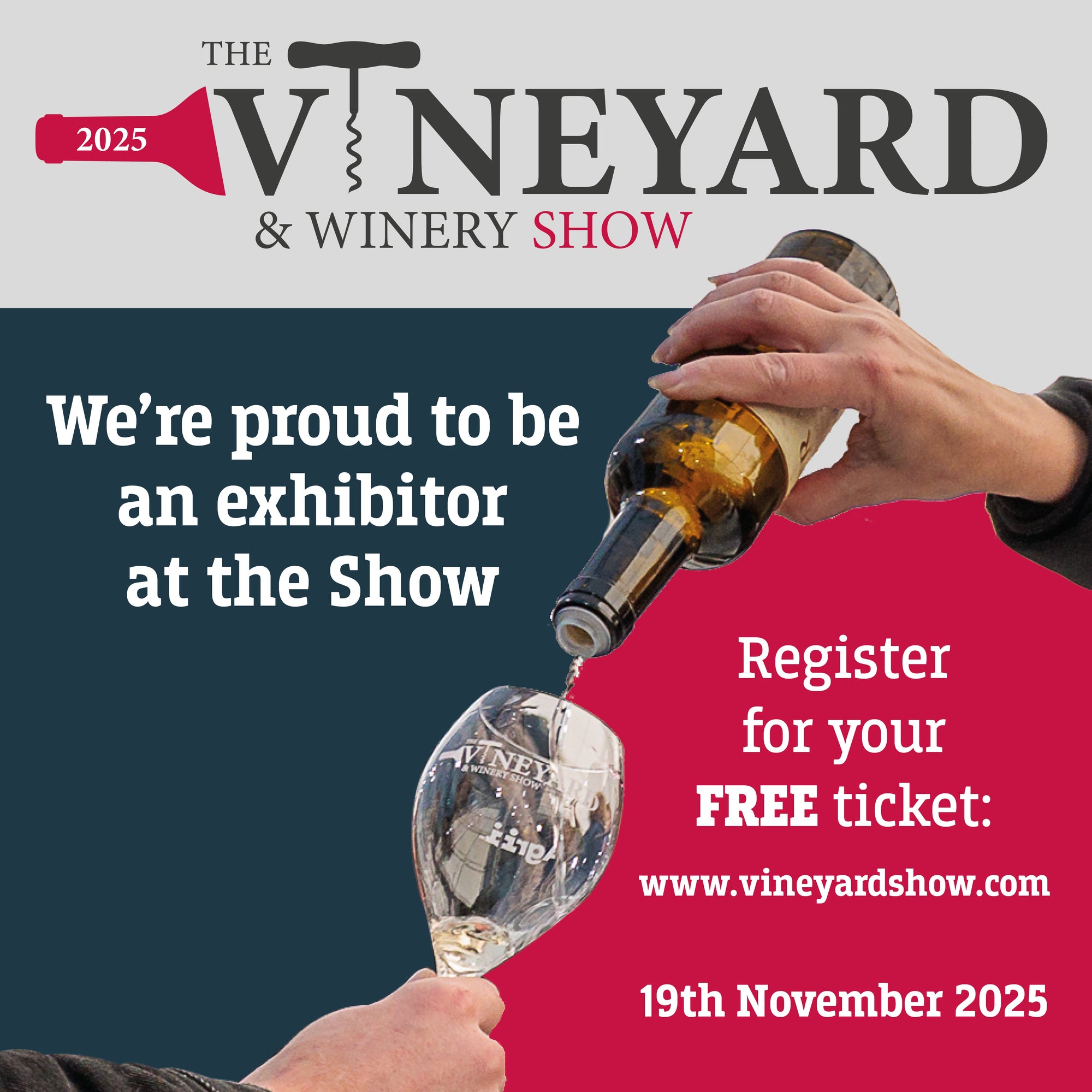

Harvest 2023 - Quality vs Quantity
While it is too early to appreciate the full size and quality of the 2023 harvest, it is safe to say that it was a bumper crop.
Fruit brokering has been a service VineWorks has offered to its clients for seven years now. This year we organised 545 tonnes of fruit for clients at a value of £1.4 million, a growth of over 300% against previous years.
Like 2018, the size of the vintage caught wineries and contract winemaking facilities out, with all tanks full to the brim and no capacity anywhere in the UK to process the excess, forcing some growers to leave fruit on the vine. Early estimates indicate a 30 to 40% higher yield than average across the UK. The 2018 harvest exposed our vulnerability to handle excess fruit, but is it fair to say that we have simply allowed ourselves to repeat that failure? A recent article by Barnaby Eales in Harpers.co.uk (27/10/2023), highlights the lack of available funding for winery development and construction as contributing to this capacity conundrum.
Unlike 2018, where an abundance of fruit came in at a high quality, 2023 saw a huge crop with mixed quality reported. This vintage started with a successful bud initiation due to exceptional 2022 growing conditions. The number of inflorescences in June indicated a larger crop of about 10% on average. An extremely wet July and August saw bunches swell to some of the highest bunch weights ever reported, causing dilution in the juice chemistry, with a higher than normal pH of 3.2 and acids consistently low at 8 Ta, and lower. Sugar levels were mixed. Vineyards that maintained an average yield successfully achieved higher Brix figures (well into the upper 18s and 20s), while heavy crops struggled to reach acceptable levels. This perpetuated the capacity conundrum, where those who had to wait for riper levels watched anxiously as tanks filled up rapidly. A grower under contract for an average yield, struggled to find a home for any excess, and, if they did, sold it at a reduced price, well below the 2022 prices of £2700 per tonne. Growers who opted to stay out of contract and chance the open market and its higher prices, got caught out and had to sell below last year’s prices, and in some cases couldn’t find a home for their fruit at all.
Remarkably, considering the wet summer we had, there was less fungal disease than expected. Powdery and downy mildew started to appear in late July, but in most cases was arrested with a good spray programme. Ripening became a challenge for those who suffered from the effects of powdery mildew with more than 40% leaf damage, especially with a heavier than usual crop. Surprisingly, there was little botrytis compared to other wet years, however this was one of the worst I've seen for spotted wing drosophila (SWD). Some red fruit was completely destroyed, yet in others where berries were impacted, volatile acidity (VA) was slow to develop, meaning there was time to get fruit off the vine with little impact on the juice after pressing. Interestingly, we noticed that vineyards with the Pinot clone 777 were among the first to be affected by SWD, most likely due to its nature to ripen early.
It is always tempting to retrospectively question actions taken in the heat of a situation. However, it is important to consider what can be done in the vineyard to manage the issue of excess.
Whether you are a grower or a producer, quality must be your main objective. It will always be a difficult decision for a grower to drop fruit early in a vintage, as their goal is to capitalise on the crop and maximise income. This year, those who got away with a high yield and quality that was just ‘good enough’ risk falling on the wrong side of a fine line. Dropping fruit must be part of every vineyard’s management programme. If you are consistently achieving high quality at 7 to 8 t/ha (tonnes per hectare), then it is quite possible in a high yielding year to push it up to 10 tonnes and maintain an exceptional vintage. In this harvest, many vineyards sitting heavy were coming in well over the 14 t/ha mark, with some as high as 20 t/ha. In the excitement of high production, it is important to remember that PDO grapes (protected designation of origin) are restricted to 14 t/ha.
Managing yield allows the grower to achieve higher quality in a number of different conditions and challenges. Perhaps the lesson to take away from this vintage is that controlling yield in the vineyard will influence quality.
Here at VineWorks we work to achieve the best outcome for both customer and industry ONE VINE AT A TIME.
PUBLISHED IN VINEYARD MAGAZINE - NOVEMBER 2023
Photo credit: Daria Szotek, 2023



